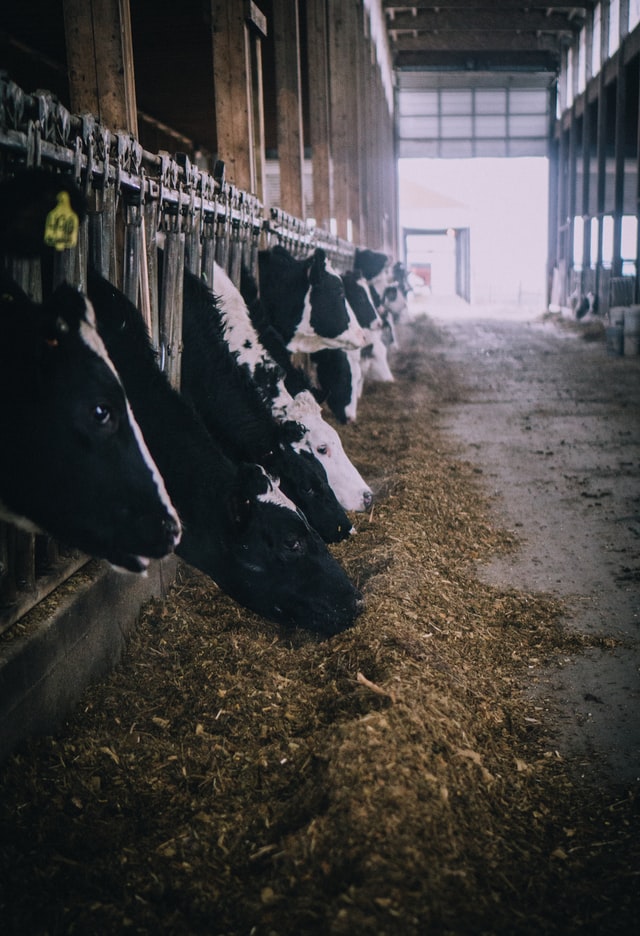Strong farmgate prices are predicted to provide a fillip to the national milk pool this year after several static seasons.
Dairy Australia’s new production forecast points to a modest nationwide boost between 0 per cent and 2 per cent this year, which would equate to a national milk pool of 8.8 billion to 9b litres.
The dairy authority’s latest situation and outlook report, released today, has found the sector has managed to overcome many external challenges thrown up by the coronavirus pandemic.
Dairy Australia senior industry analyst Sofia Omstedt said a wet start to the season slowed milk flows in July.
However, she said drier weather in the past six weeks had helped to improve milk production conditions heading into spring.
“Farmgate prices are stronger this season and input costs such as fodder and water are not as great a concern as they have been in most dairy regions,” Ms Omstedt said.
“Temporary irrigation prices in northern Victoria and southern NSW remain subdued. Fodder prices are lower now than they were this time last year across most of Australia, mainly due a substantial amount of last season’s hay still being available.”
“Finding good quality cereal hay is more challenging, as there is a lot of weather damaged product around.”
Ms Omstedt said bumper fodder crops were anticipated in spring across most dairy regions. However, waterlogged pastures in parts of Tasmania, Gippsland and Western Australia meant the time frame for fertilising and spraying had narrowed.
“The wet start to the season slowed milk flows with production down 3.5 per cent in July,” Ms Omstedt said.
“However, milk output at this time of year only represents about 7 per cent of overall production, so there is room for growth in spring.”
The latest analysis of world markets noted shipping channels were logjammed due to the restrictions created by the Covid-19 delta variant.
“A mid-year lull in international milk prices is common but this has been exacerbated by new lockdowns in some Chinese provinces as well as several south-east Asian nations,” Ms Omstedt said.
“Dairy commodity values did decline in July but have since stabilised.”
Original article sourced from: https://www.weeklytimesnow.com.au/



